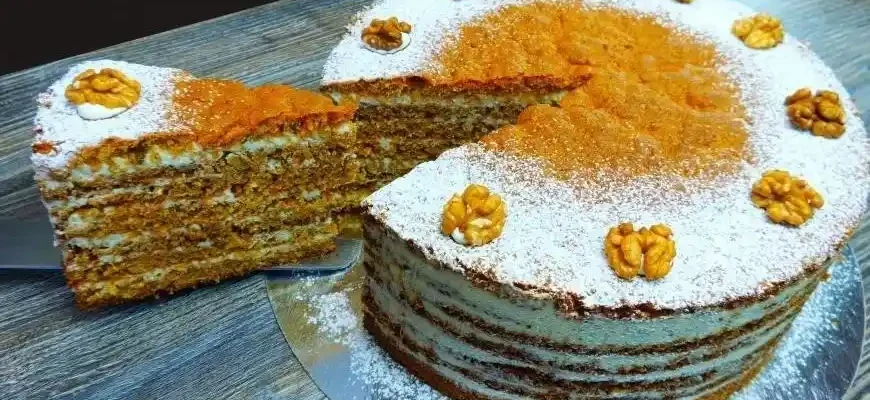Carrot cake is one of those timeless desserts that transcends generations. It’s moist, flavorful, and carries just the right balance of sweetness, spice, and earthiness. Whether you’re a baking pro or a novice looking for a foolproof recipe, carrot cake offers both versatility and opportunity for creativity. But there’s more to carrot cake than just mixing a few ingredients; it’s about balance—understanding the science of baking, the cultural significance, and the impact on health.
Here’s everything you need to know, from the basics to advanced tips, all grounded in research and real-world experience. Let’s dive into it!
The Ingredients: What Makes the Perfect Carrot Cake?
The Basics of the Recipe
A classic carrot cake relies on a few key ingredients that you’ll find in nearly every recipe: grated carrots, flour, eggs, sugar, oil, and spices (usually cinnamon, nutmeg, and sometimes ginger). But what sets good carrot cake apart from great carrot cake? The answer lies in the balance of these ingredients and how they interact with each other during baking.
Carrots: Naturally, the most important ingredient is the carrot itself. Carrots add moisture and texture to the cake. They also contribute natural sweetness and are high in beta-carotene (vitamin A), which is good for your eyesight, skin, and immune system. The finer you grate the carrots, the better they will integrate into the batter, giving you a smoother texture without big chunks of vegetable.

Flour: Most recipes use all-purpose flour, but you can experiment with whole wheat or gluten-free flour for a healthier alternative. Just remember, the type of flour you use will affect the texture and density of the cake, so some trial and error may be required.
Eggs: Eggs act as both a binder and a leavening agent. They help hold the cake together while also contributing to the rise. For a fluffier, lighter cake, make sure you’re not overmixing the batter.
Oil: Oil adds moisture to the cake. You can use vegetable oil, canola oil, or even olive oil (though the latter may slightly alter the flavor). Some recipes call for melted butter, but oil keeps the cake moist longer, which is one reason why carrot cakes often taste even better the next day.
Sugar: Most carrot cakes use a combination of white sugar and brown sugar. The brown sugar adds a bit of molasses flavor and moisture. You can substitute these sugars with healthier alternatives like maple syrup or coconut sugar, but again, the texture may change.
Spices: The spices—typically cinnamon, nutmeg, and sometimes ginger or clove—are what give carrot cake its signature warm flavor. Don’t skimp on them; they’re what take the cake from “good” to “amazing.”
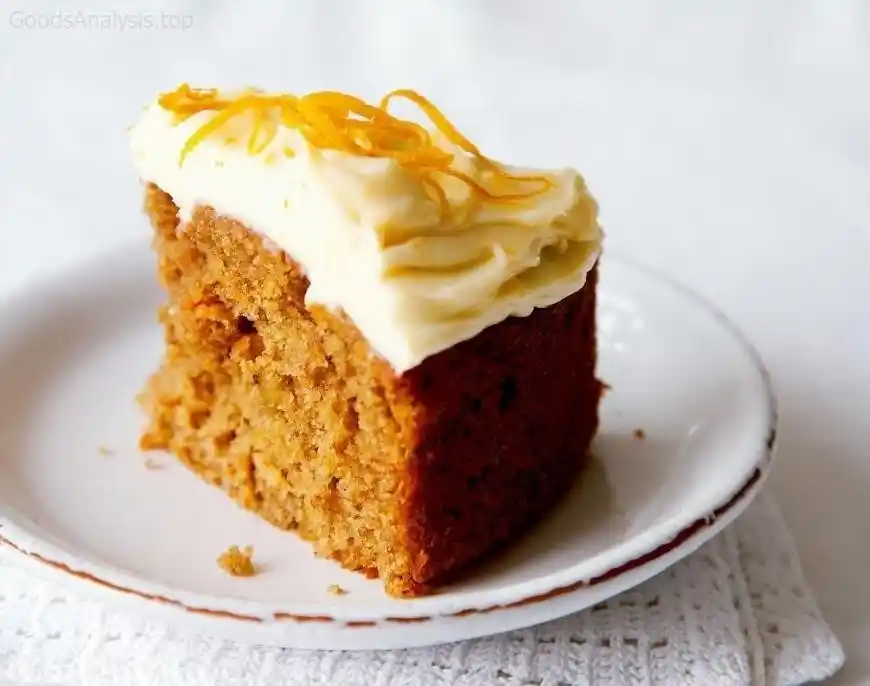
Optional Ingredients: Many carrot cakes include nuts (like walnuts or pecans) or raisins for added texture and flavor. You can also add a little orange zest for extra zestiness or a splash of vanilla extract for sweetness.
The Cream Cheese Frosting: The Real Showstopper
Carrot cake is often paired with cream cheese frosting, and for good reason. Its tanginess complements the richness of the cake, and its smooth texture is just the right contrast to the spongy cake itself.
To make cream cheese frosting, you’ll need cream cheese, butter, powdered sugar, and vanilla extract. A key tip is to ensure the cream cheese and butter are softened to room temperature before you mix them. If they’re too cold, the frosting will be lumpy. If they’re too warm, it might become runny, and we don’t want that!
The Science Behind Carrot Cake: Why It Works
Baking is as much a science as it is an art. Here’s how the ingredients work together:
- Carrots’ Moisture: Carrots release water during the baking process, which helps keep the cake moist. This is why carrot cakes often stay fresh longer than other cakes.
- Leavening: The eggs and baking soda/powder help the cake rise. You’ll find that carrot cakes don’t need yeast because the wet ingredients and eggs provide enough rise for a fluffy texture.
- Fat: The oil not only keeps the cake moist but also adds tenderness. Fat coats the flour proteins, preventing them from bonding too much, which would make the cake dense.
- Sugar: In addition to sweetness, sugar helps the cake brown, contributing to its flavor and appealing color.

Common Mistakes to Avoid
Even the best bakers make mistakes from time to time. Here are some pitfalls to watch out for when making your carrot cake:
- Overmixing the Batter: It’s tempting to mix the batter until it’s smooth, but overmixing can result in a tough cake. Mix just until the ingredients are combined to avoid this.
- Using Too Much Carrot: Carrots add moisture, but too many can make the cake soggy. Stick to the recipe amount for the best texture.
- Underbaking: Since carrot cakes tend to be dense, they can sometimes seem done on the outside but still raw in the middle. Use a toothpick or cake tester to check for doneness—if it comes out clean, it’s ready.
- Not Letting the Cake Cool: Let your cake cool completely before frosting it. Otherwise, the frosting will melt and slide off, leaving you with a gooey mess.
- Not Measuring Your Ingredients: This sounds obvious, but baking is a precise science. Weighing ingredients rather than using measuring cups ensures more consistent results.
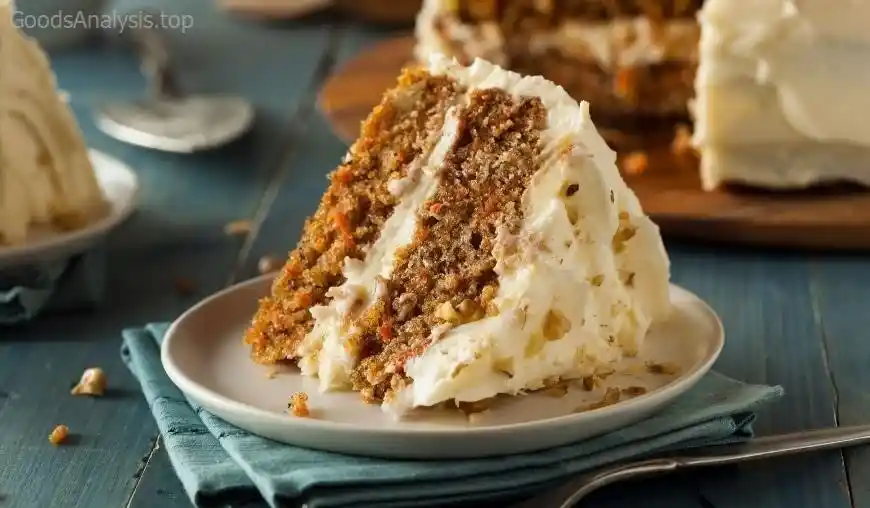
Health Considerations: A Sweet but Balanced Treat
Carrot cake, while delicious, is also high in sugar and fat, so it’s important to enjoy it in moderation. However, there are a few things you can do to make it a bit healthier:
- Reduce Sugar: You can cut down on the sugar by using a sugar alternative like honey or maple syrup. These options bring a different flavor profile but can reduce the overall glycemic impact of the cake.
- Use Whole Wheat Flour: For a more fiber-rich version, substitute part of the all-purpose flour with whole wheat flour.
- Use Low-Fat Cream Cheese: You can make a lighter version of the frosting by using reduced-fat cream cheese or Greek yogurt instead.
- Add More Carrots: Increase the number of carrots in the recipe to boost the vitamin A content and add even more natural sweetness, reducing the need for added sugars.
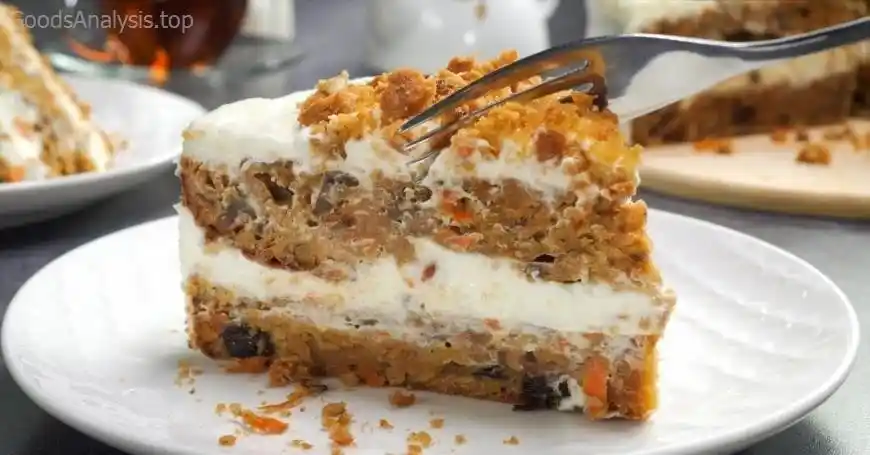
How to Store Carrot Cake
Carrot cake stays fresh for several days if stored properly. Keep it covered in the fridge, and it will last up to a week. For longer storage, you can freeze it. Wrap individual slices in plastic wrap and place them in a freezer-safe bag. When you’re ready to eat, let it thaw overnight in the fridge.
Real Opinions from Around the World
Emma, 32, UK
“I love how versatile carrot cake is! My grandmother taught me how to make it, and I always add raisins and walnuts. I like my frosting thick and creamy, but I know some people prefer it thinner. The key is balance!”
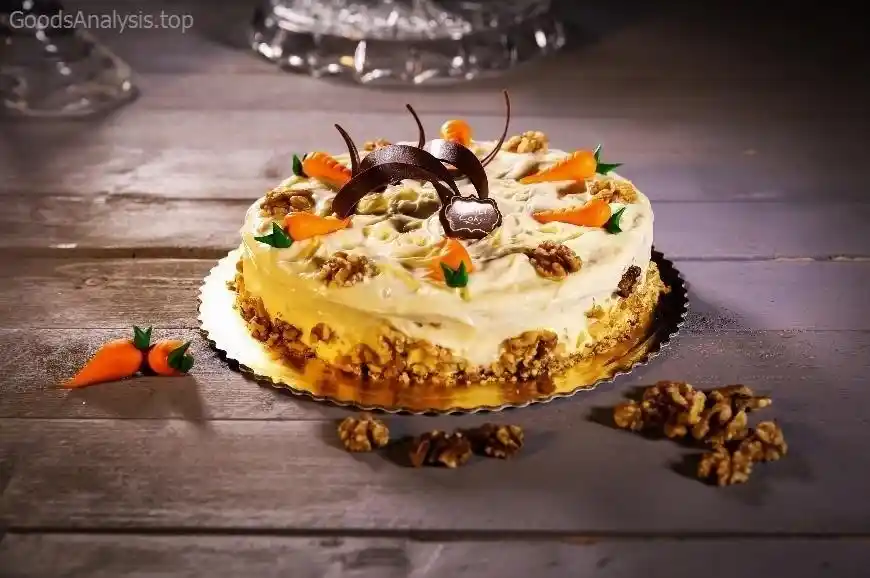
Carlos, 47, USA
“Carrot cake is one of my go-to desserts for family gatherings. I personally prefer a lighter cake, so I reduce the sugar and use whole wheat flour. And don’t forget the cinnamon! It makes all the difference.”
Amina, 53, Kenya
“In Kenya, carrot cake is a popular treat for tea time. I often use honey instead of sugar, and I’ve been experimenting with coconut flour lately. It gives the cake an interesting texture. I’m a big fan of experimenting in the kitchen!”
Liu, 28, China
“I grew up with traditional Chinese desserts, so carrot cake was a bit of a novelty for me when I moved to Canada. Now, I make it all the time, but I skip the nuts because they’re not common in our cakes. It’s a rich and comforting dessert.”
Raj, 61, India
“In India, we love our desserts to be rich and sweet. Carrot cake is a bit different from our usual fare, but I like to add cardamom to give it an Indian twist. It’s definitely one of my favorites for special occasions.”
Conclusion
Carrot cake is a dessert that brings people together, offering rich flavors, moist texture, and endless possibilities for variation. With the right balance of ingredients, careful baking, and a thoughtful approach to health-conscious adjustments, carrot cake can be a staple in your dessert repertoire for years to come. Whether you make it for a holiday, a birthday, or just because, it’s a treat that’s sure to please.
Happy baking!

